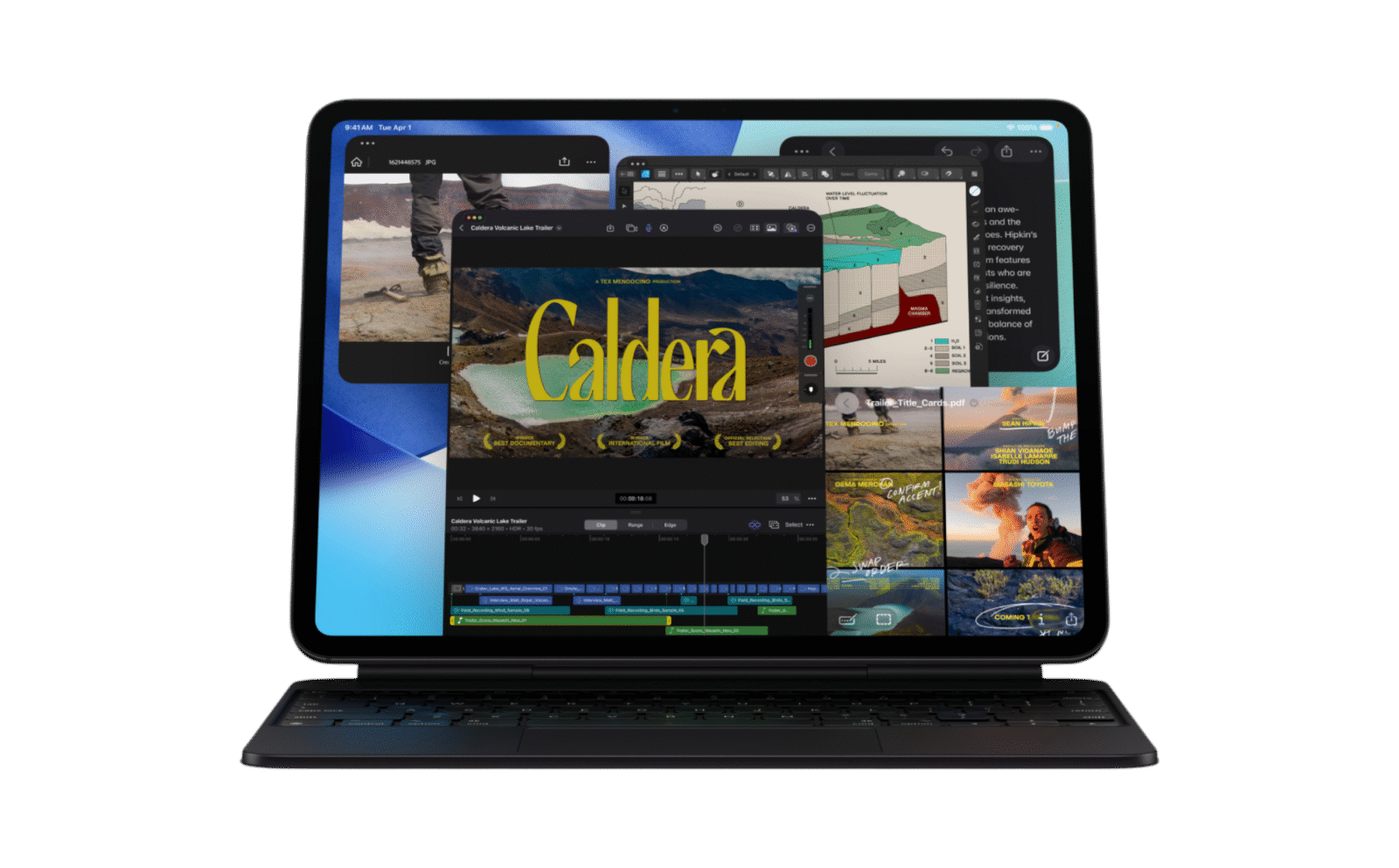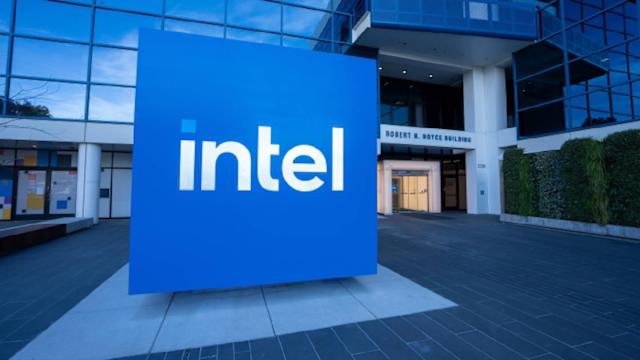This week brings a major boost for PC gamers as Killing Floor 3 and WUCHANG: Fallen Feathers officially launch with full support for NVIDIA’s DLSS 4 technology, including Multi Frame Generation. These titles are among the first to take advantage of the latest iteration of NVIDIA’s performance-enhancing tools, arriving alongside a new GeForce Game Ready Driver tailored for optimal support and compatibility.
Killing Floor 3, the latest installment in Tripwire Interactive’s action-horror FPS series, launches on July 24 with a suite of NVIDIA tech designed to improve both performance and visual fidelity. Built around fast-paced co-op gameplay, players take on waves of mutated enemies called Zeds in a dystopian future. DLSS 4 with Multi Frame Generation is available at launch, offering smoother gameplay and significantly higher frame rates, particularly when paired with DLSS Super Resolution or Frame Generation. For players focused on visual quality, DLAA (Deep Learning Anti-Aliasing) is also supported, along with NVIDIA Reflex to minimize input lag.
Also launching on July 24 is WUCHANG: Fallen Feathers, a soulslike action RPG set in the chaos of late Ming Dynasty China. Developed by Leenzee and published by 505 Games, this dark historical fantasy title also ships with native DLSS 4 support out of the box. At 4K resolution with max settings, DLSS 4—combined with DLSS Super Resolution—can multiply frame rates by nearly six times, delivering smoother and more immersive gameplay. Reflex is also integrated, which will help players maintain responsiveness in the title’s challenging combat scenarios.
Meanwhile, The First Descendant, a free-to-play cooperative looter shooter powered by Unreal Engine 5, is preparing for its “Breakthrough” season update on August 7. Starting July 24, a sneak peek demo offers early access to some of the new content and showcases the addition of DLSS 4 with Multi Frame Generation. This update further enhances performance on RTX 50 Series GPUs, adding to the game’s already deep lineup of DLSS features including Ray Reconstruction, DLAA, and Reflex.
Another title to watch this week is Wildgate, from Moonshot Games and Dreamhaven, which blends tactical ship combat with first-person shooting. Released on July 22, the game supports DLSS Super Resolution powered by the latest transformer-based AI models to enhance both speed and image quality. While not launching with DLSS 4, Wildgate demonstrates how NVIDIA’s AI-powered upscaling continues to evolve across different game genres.
Looking ahead, Valorant—the popular tactical shooter from Riot Games—is getting a major backend upgrade on July 29 as it transitions to Unreal Engine 5. Though the game has long supported NVIDIA Reflex to minimize latency, the new engine update promises additional refinements and visual improvements. The latest Game Ready Driver ensures players are equipped for these changes and any future optimizations.
Alongside these game-specific enhancements, the updated NVIDIA app continues to roll out features that bring DLSS 4 and refined AI models to more titles and experiences. DLSS 4’s Multi Frame Generation is central to this evolution, aiming to boost frame rates while preserving high visual quality, especially in demanding or fast-paced scenarios.
As the DLSS ecosystem matures, more games are expected to embrace this level of performance acceleration—particularly as developers continue to adopt Unreal Engine 5 and push the limits of real-time rendering.







